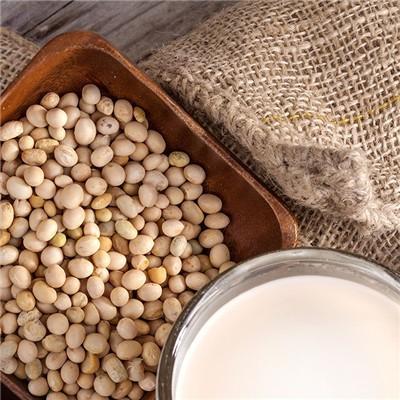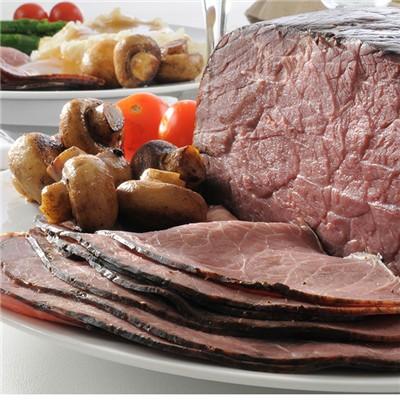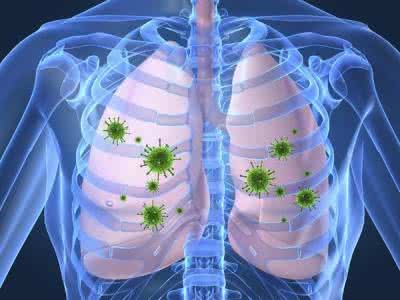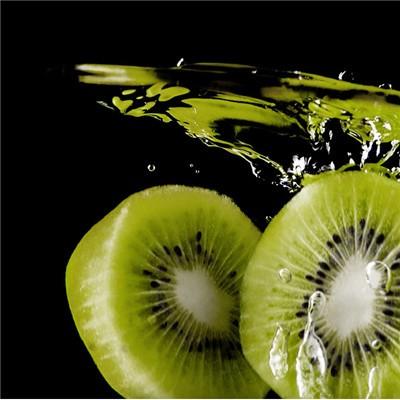Mixed hyperlipidemia diet
summary
Mixed hyperlipidemia refers to a disease in which the blood lipid components such as cholesterol, triglyceride, phospholipid and non lipidized fatty acid in plasma are increased. It is an important cause of atherosclerotic cardiovascular and cerebrovascular diseases. It is the culprit of coronary heart disease, myocardial infarction, cerebral thrombosis, cerebral hemorrhage and other diseases. So what should we pay attention to in the diet of mixed hyperlipidemia ?
Mixed hyperlipidemia diet
First, eat more soybean food. Soybean is rich in lecithin, which is conducive to the use of lipids through the blood vessel wall. It can reduce the cholesterol in the blood, improve the blood viscosity, and avoid cholesterol deposition in the blood vessels. It is conducive to the prevention and treatment of hyperviscosity and hyperlipidemia.

Secondly, don't eat too much fat, especially things with a lot of saturated fatty acids, such as fatty meat, viscera and foods with high cholesterol, try to reduce them.

Finally, eat less sugar. Sugar can be converted into endogenous triglycerides in the liver, increase the concentration of triglycerides in plasma, and drink less. Drinking also had a significant effect on triglyceride levels. For sensitive people, even moderate alcohol consumption can cause hypertriglyceridemia;

matters needing attention
Strengthening exercise can not only increase the consumption of heat energy, but also enhance the metabolism of the body, improve the activity of some enzymes in the body, especially lipoprotein esterase, which is conducive to the transportation and decomposition of triglycerides, and reduce blood lipids. People can choose aerobic exercise according to their own situation, such as jogging, cycling, gymnastics, Taijiquan, qigong, swimming and so on









